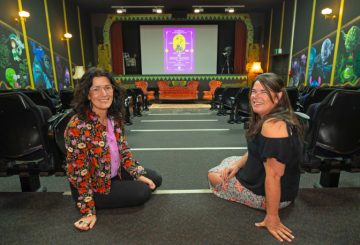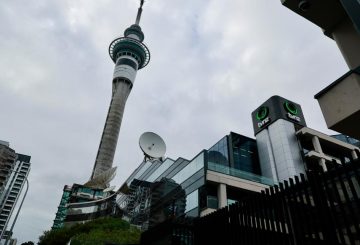정부가 제안한 식수, 폐수, 빗물에 대한 책임이 지방의회에서 여러 지역 수도기관으로 옮겨질 것이다.
‘3 Waters’ 배경
이러한 조정의 근거는 안전성과 경제성 모두를 포함한다. 안전 측면에서 볼 때, 수도 기반 시설의 많은 부분이 노후화되고 있고 증가하는 인구를 따라잡고 있지 못하는 실정이다. 2016년 해브록노스에서는 오염된 물이 유입돼 4명이 숨지고 5,000명이 병에 걸렸다.
경제적인 측면에서 향후 30년간 상수원, 폐수 및 빗물 인프라에 대한 투자 예상액은 1,200억 달러에서 1,850억 달러에 달한다. 수십 년 동안 의회의 과소투자를 보충하고 예상되는 인구증가에 기여하기 위해 투자가 필요하다. 이러한 지출은 요금 납부자들만으로는 감당할 수 없다.
새로운 구조 제안
부는 이 세 개의 물 서비스 제공에 대한 책임을 지는 네 개의 지역 기관을 설립할 것을 제안했다. 이 제안이 진행된다면 이 기관들은 2024년 7월부터 3개의 용수사업 인도에 대한 완전한 통제권을 갖게 된다. 이후 정부는 지자체의 압력을 받아 수도 기반 시설에 투자할 책임을 맡게 될 것이다.
현재 상태
정부의 계획을 진행할지 여부에 대해서는 지자체와 의견이 일치하지 않는다. 몇몇 지방 의회들은 정부가 권력을 중앙집권화하고 지역 민주주의를 잠식했다고 비난했다. 일부는 정부에 의해 제공되는 세부사항의 부족에 대해 불만을 표현했다.






























































